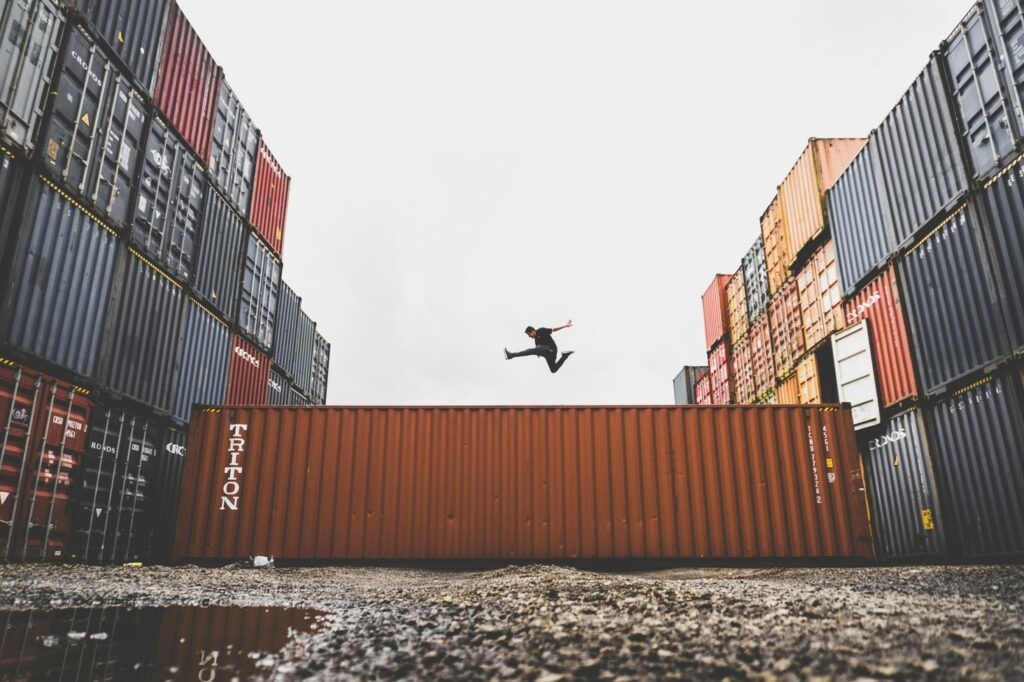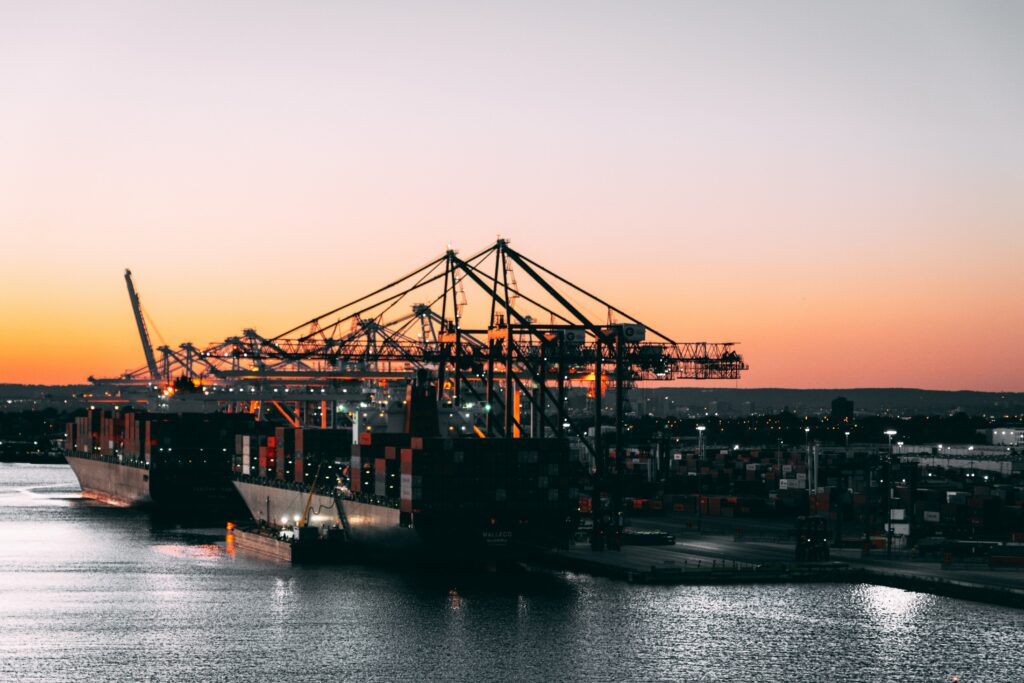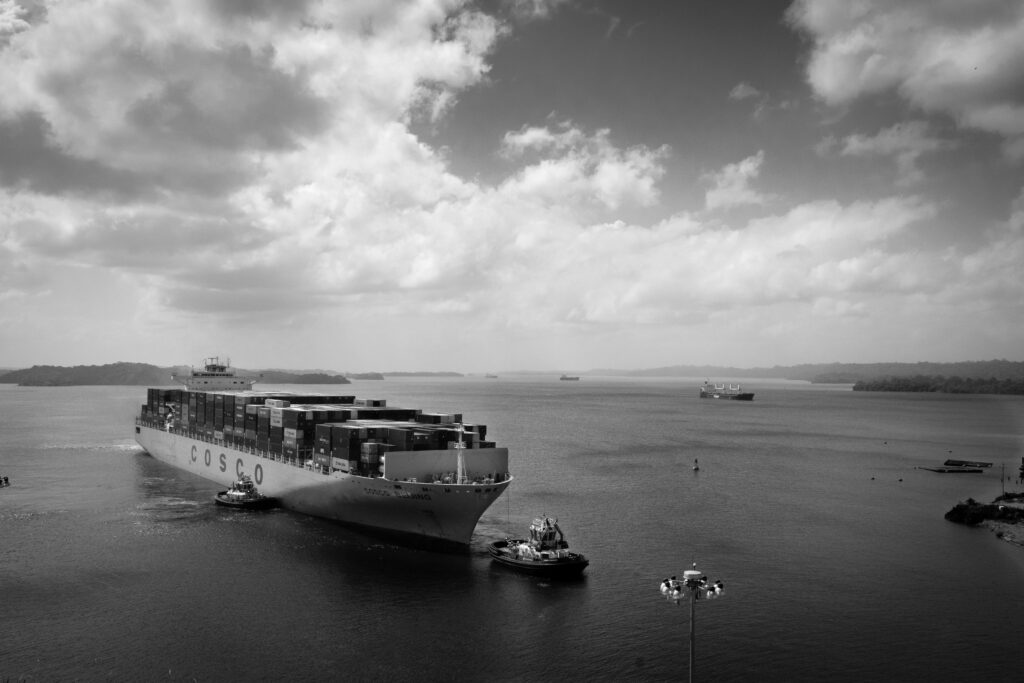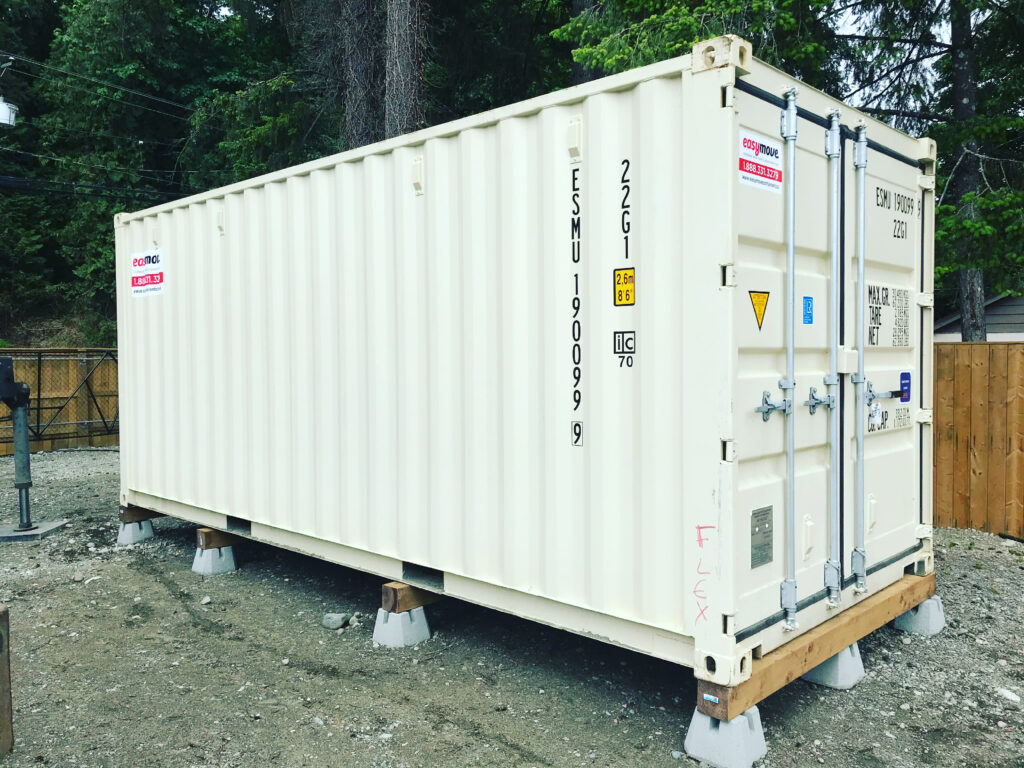It’s not something you probably given much thought to, and yet it is something that you benefit from every day. Yes, the humble shipping container. Not much to look at, just a simple rectangular box, but the advent of standardised shipping containers revoloutionised transportation and logistics.
Before goods and materials were being transported round the world in containers, cargo was loaded on to sailing ships by hand in pallets, drums, crates or other smaller units. This extra handling from manfacturer to port and in loading increased the liklihood of delays and losses and damage, and there was an increased risk of damage during transit too.
Breakbulk cargo still has its place today for items that are not suited to containers, but there is no doubt that when Malcolm McLean introduced his first patented standard shipping container in the USA in 1956, the future of international transportation was born and shipping containers have been an indispensable tool for the transportation of goods worldwide ever since.

One reason for the popularity and rapid uptake of shipping contsainers is their durability. They are designed to withstand the harsh environments and stresses that come with transportation. They must be able to endure extreme weather conditions, such as high winds, heavy rain, and high temperatures, as well as the physical stress of being lifted, stacked, and transported on cargo ships, trains, and trucks.
Most containers are made of corrugated steel, which is an extremely durable material that can withstand a great deal of stress. The steel is treated to resist corrosion, making it ideal for long-term use.
Shipping containers are designed to be stackable, so they must be able to support the weight of other containers on top of them. The corners of the containers are reinforced to ensure that they can bear the weight of other containers when stacked on top of them.
Containers are also subjected to extreme weather conditions during transport. They are exposed to high winds, heavy rain, and high temperatures. The containers must be able to resist the effects of these weather conditions to protect the cargo inside. To do this, they are treated with coatings that help to protect against corrosion and damage.
Another challenge that shipping containers face is the potential for theft or damage during transport. Containers are often transported through areas where theft and vandalism are common, and they must be able to withstand attempts to break in or damage the container. For this reason, many containers are equipped with heavy-duty locking mechanisms and security features.
Containers must also be able to protect the cargo inside from moisture and other environmental factors. To do this, many containers are fitted with ventilation systems and dehumidifiers that help to regulate the temperature and humidity inside the container.
In addition to these challenges, shipping containers must also meet a number of regulatory requirements. They must comply with international shipping regulations, such as those set forth by the International Maritime Organization (IMO), as well as local regulations for each country they pass through.

To meet these requirements, shipping containers must undergo rigorous testing and inspections. They are subjected to stress tests to ensure that they can withstand the stresses of transport, and they are inspected for damage and corrosion to ensure that they are still in good condition.
In summary, shipping containers are durable because they are designed to withstand the harsh environments and stresses of transport. They are made of high-quality materials, such as corrugated steel, and are reinforced to support the weight of other containers when stacked. They are also treated with coatings to protect against corrosion and damage, and are equipped with security features to protect against theft and vandalism.
Shipping containers face a number of challenges when being shipped around the world, including the stress of being lifted and stacked, exposure to extreme weather conditions, and the potential for theft or damage. To meet these challenges, containers are equipped with ventilation systems and dehumidifiers, and are subject to rigorous testing and inspections to ensure that they comply with regulatory requirements and are still in good condition.

How shipping containers changed the world of transportation is a part of history that many people will not eve think about. And yet because of one man’s invention goods, material and suplies can be shipped around the world faster, at less cost and with fewer losses and damages.


